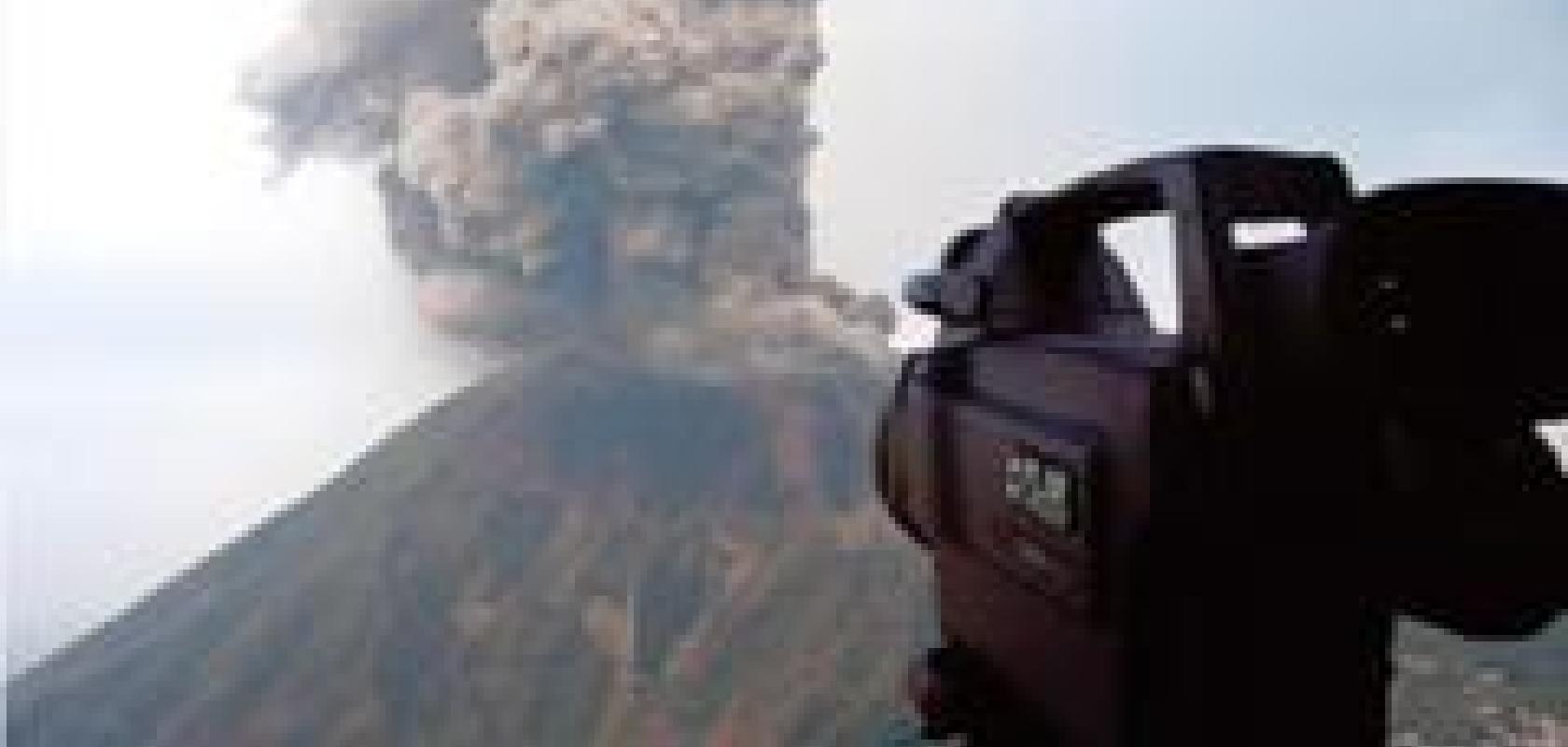An international team of researchers are using thermal imaging to study the Fossa cone, a volcanic area in Italy that displays fumarolic activity. Fumarolic activity is an unpredictable phenomenon whereby a change in pressure means fluids, mostly water and CO2, suddenly change to gas causing explosions.
To investigate this phenomenon, the researchers are using a Flir thermal imaging camera. The thermal data is combined with numerical models to provide an insight into the mechanisms that control the ascent paths of hydrothermal fluids.
According to these models, low compressive stress values would be found at the rims of the nested craters. Field observations with the Flir camera confirmed that this corresponds to the actual occurrence of fumaroles. The escaping hydrothermal gasses are much hotter than the surroundings so they stand out very clearly on a thermal image.
Elsewhere, new research projects are underway to better understand this dangerous phenomenon. One of these projects involves a volcanic crater on the Greek island Nisros. The crater's surface moves several centimetres up and down every couple of hours and scientists still have no idea what causes this unique vertical crust movement. The crater also shows a very pronounced temperature pattern that shows up very clearly on thermal images.
To better understand this phenomenon, the vertical crust movement is compared to the thermal patterns recorded by a Flir camera – the camera records one frame every five minutes for an entire month. The researchers compare this to the crust movement, looking for correlations. Using those correlations the researchers can further fine tune their mathematic models and formulas.


